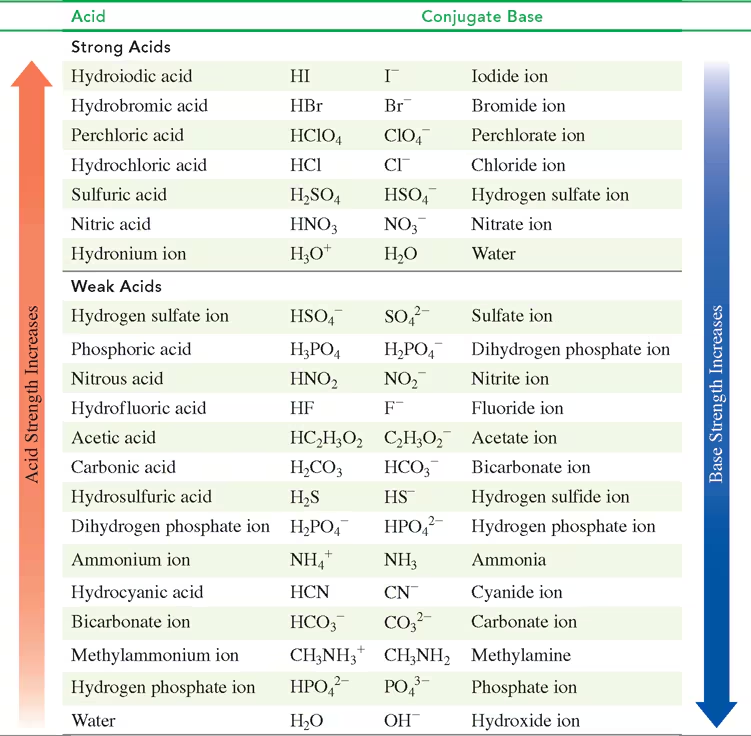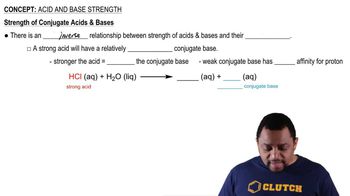Predict the direction of the following reaction:
HC2H3O2 (aq) + H2O (liq) ______________ H3O+ (aq) + C2H3O2– (aq)

 Verified step by step guidance
Verified step by step guidance Verified video answer for a similar problem:
Verified video answer for a similar problem:



 2:06m
2:06mMaster Acid and Base Strength Concept 1 with a bite sized video explanation from Jules
Start learning